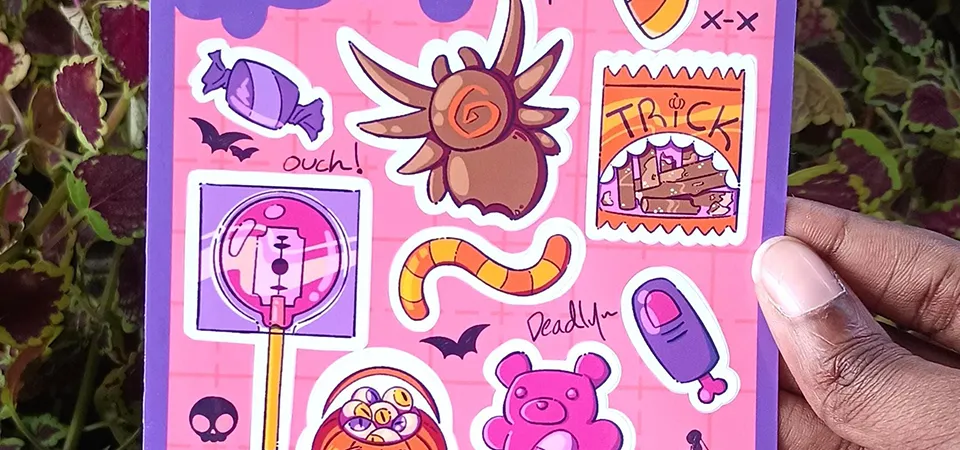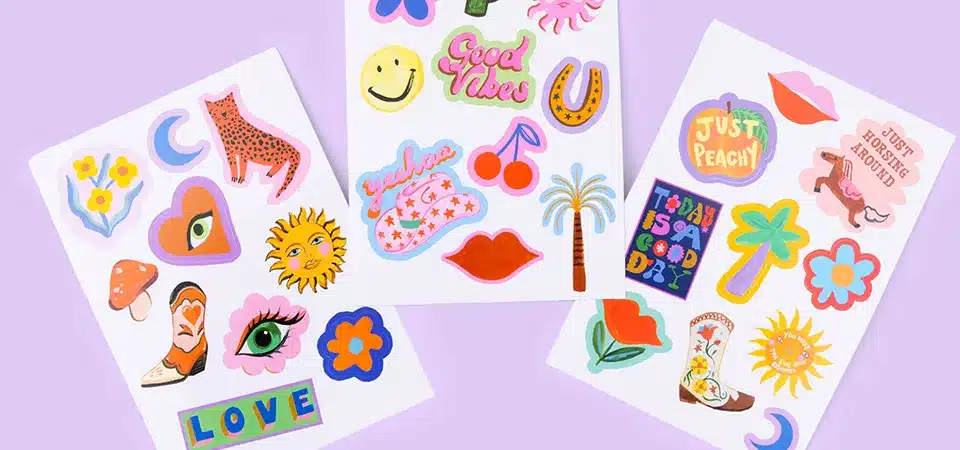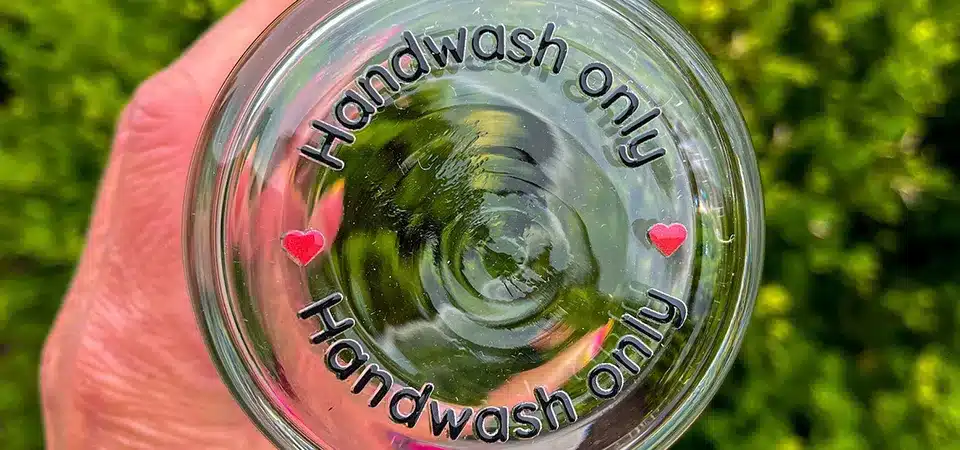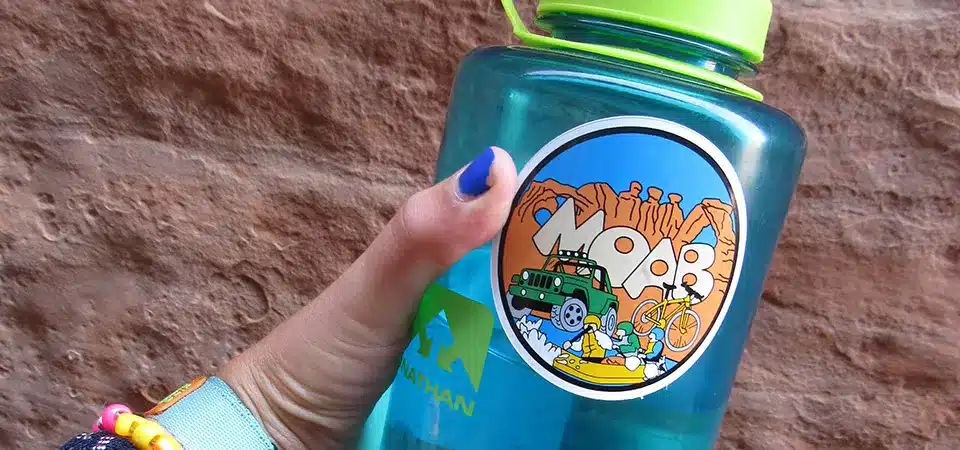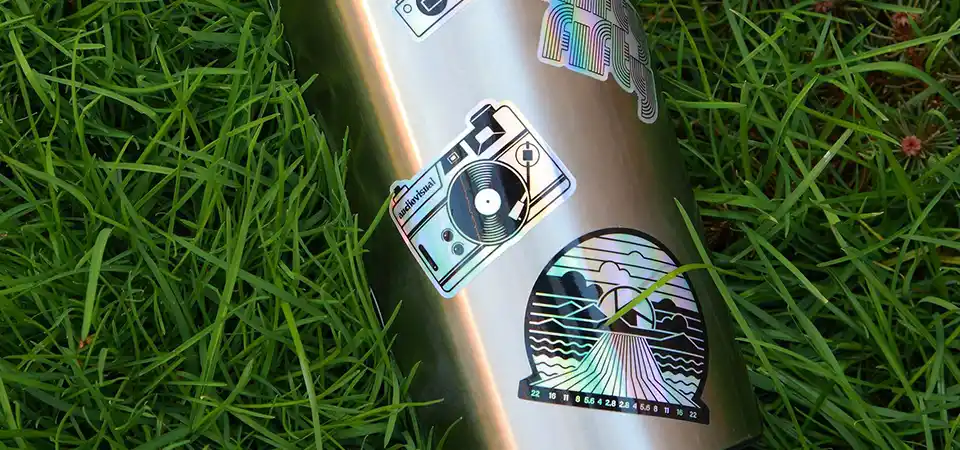Choosing the wrong sticker adhesive can ruin your product. A sticker that falls off is useless, and one that leaves a sticky mess can damage your brand's reputation.
To choose the right adhesive, you must match it to the surface, environment, and lifespan of your product. The main choices are removable, permanent, and high-tack, and you should always test a sample on your actual surface before placing a large order.
In my sticker printing business, the most costly mistakes I see all come down to the wrong adhesive. A customer will order thousands of stickers for their new product, only to find they don't stick to the textured packaging. Thinking beyond just "removable vs. permanent" is the key. The secret is understanding that the adhesive's chemistry needs to work with the surface it's on. Let's break down how to get it right every time.
What are the different types of sticker adhesives?
You see terms like removable, permanent, and high-tack, but what do they really mean? Choosing wrong based on a guess is a gamble you don't want to take with your brand.
The main options are removable for temporary use, permanent for most standard applications, and high-tack for tough, textured surfaces. Each one is engineered for a specific job and surface type.

The terms "removable" and "permanent" are just the beginning. The real magic is in the formulation. For example, a "removable" adhesive for a glass window is very different from one for a paper book cover. In my shop, we guide clients to the right choice by focusing on their specific use case. Let's look closer at the main categories.
Removable adhesive
As the name suggests, this adhesive is designed for temporary use. It has low "tack," which means it peels off cleanly without leaving any sticky residue behind. But don't mistake "removable" for "weak." A well-made removable sticker will stay put for as long as you need it to. We print these all the time for things like oil change reminders on car windows or temporary labels on retail products. The goal here is a firm hold followed by a clean getaway.
Permanent adhesive
This is the workhorse of the sticker world and the most common type we print. It's designed to create a long-lasting bond once it's set. It can often be repositioned right after you apply it, but after a few hours, it's there to stay. This is the right choice for most product labels, branding stickers, and promotional giveaways. Trying to remove it will usually tear the sticker and leave adhesive behind.
High-tack adhesive
This is the strongest adhesive available. It's designed for difficult surfaces where other stickers fail. Think about textured plastics, powder-coated metal, or outdoor equipment. High-tack adhesives have a very aggressive initial "grab" and form an incredibly strong permanent bond. A client once needed labels for construction equipment that would be stored outdoors. High-tack was the only option that could handle the rough surface and extreme weather.
Why do some stickers stick better than others?
You've probably seen it before. You put a sticker on a smooth glass window, and it holds perfectly. You put the same sticker on a plastic bin, and it peels off the next day.
Stickers stick better to some surfaces due to "surface energy." Clean, smooth surfaces like glass have high energy and are easy to stick to. Rough, waxy, or textured surfaces have low energy and require stronger adhesives.
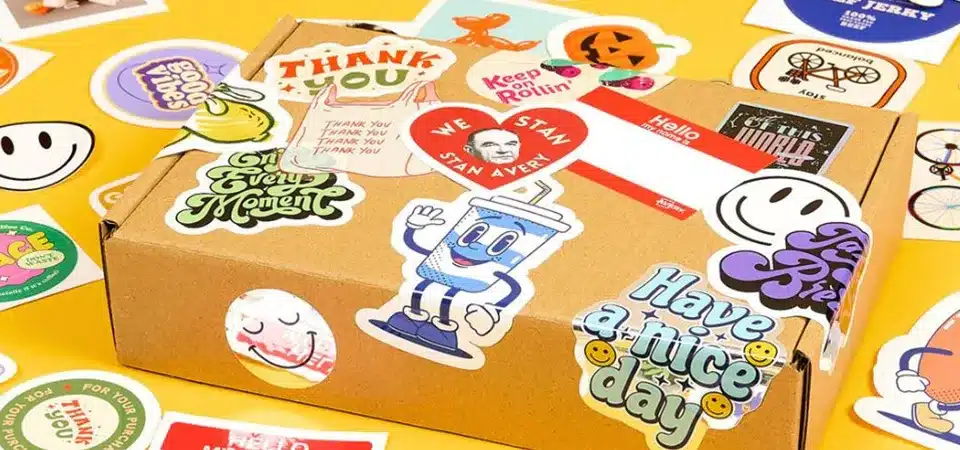
I love explaining this concept to my clients because it’s the "aha!" moment for them. Think of surface energy like a magnet for adhesives. High surface energy pulls the adhesive down, causing it to "wet out" or spread, creating a strong bond. Low surface energy repels the adhesive, causing it to bead up and make only minimal contact, resulting in a weak bond. This is pure chemistry, and it's the single most important factor after choosing your adhesive type. Understanding this helps you predict exactly how a sticker will behave.
| Surface Energy | How it Works | Material Examples |
|---|---|---|
| High (HSE) | Easy to stick to. Adhesive spreads out for a strong bond. | Glass, Aluminum, Stainless Steel, PET |
| Low (LSE) | Hard to stick to. Adhesive beads up with a weak bond. | Polypropylene, Polyethylene, Teflon |
This is why testing is so important. A standard permanent adhesive might be perfect for a glass candle jar (HSE) but completely fail on a textured plastic bottle (LSE). For those LSE surfaces, you absolutely need a high-tack adhesive.
How is sticker stickiness actually measured?
You're told an adhesive is "strong," but what does that really mean? Relying on vague descriptions can lead to failed applications and wasted money when your product labels start peeling off.
Adhesive strength is measured in a lab using standardized tests for peel, tack, and shear. These tests provide objective data on a sticker's long-term bond, its initial grab, and its resistance to sliding.
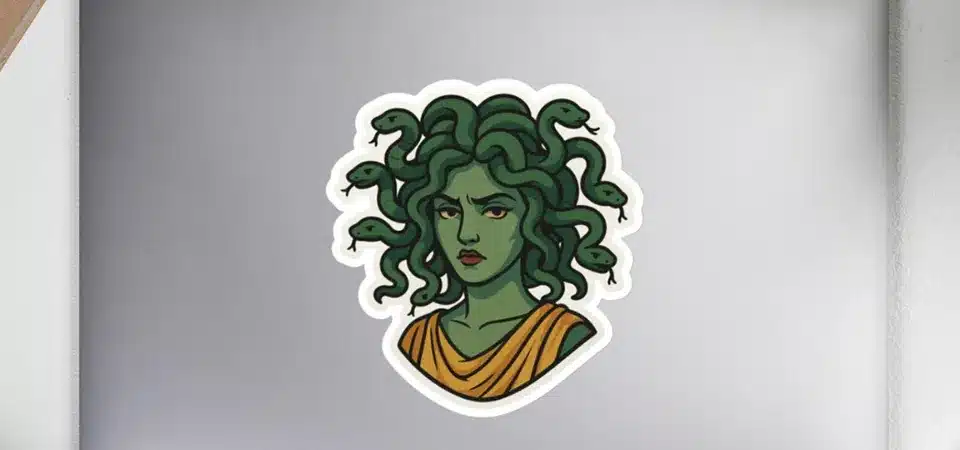
When we source materials for my print shop, we don't just go by descriptions. We look at the technical data sheets for these specific measurements. It's the only way to guarantee performance. While you don't need to be a scientist to choose a sticker, knowing what these terms mean helps you have a more informed conversation with your printer. It shows you've done your homework.
Here’s what the pros look at:
- Peel Adhesion: This test measures the force needed to peel a sticker off a surface after it has fully bonded (usually 24 hours). This tells you the adhesive's ultimate, long-term strength. It's often measured in ounces per inch.
- Tack (or Initial Grab): This measures how quickly the adhesive sticks to a surface with very little pressure. Think of it as the sticker's immediate "grab-a-bility." An adhesive with high tack will feel very sticky to the touch right away.
- Shear Resistance: This test measures how well a sticker resists sliding or slipping down a vertical surface over time. This is important for heavy labels or stickers that are under constant pressure.
How do I know which adhesive to choose?
You understand the science, but now you have to make a choice for your product. You're worried about picking the wrong one and having all your stickers end up in the trash.
Choose removable for temporary uses. Choose permanent for most product branding. Choose high-tack for textured or low-energy surfaces. The most important step is always to test a sample first.

This is the final and most critical step. To make it easy, I always walk my clients through a few key questions. By answering these, you can narrow down your choice with confidence. I've put them into a simple table you can use as a guide. But remember my golden rule: always, always test a sample on your actual product in its real-world environment. This small step has saved my clients thousands of dollars and countless headaches.
| Your Goal | Example Surfaces | Recommended Adhesive |
|---|---|---|
| "I need to remove it cleanly later." | Glass windows, book covers, temporary packaging | Removable |
| "I need it to stick on my product for good." | Jars, boxes, bags, smooth plastic containers | Permanent (This is the default for most people) |
| "It needs to stick to a difficult surface." | Textured plastic, powder-coated metal, concrete | High-Tack |
| "It needs to work in a freezer or on ice." | Frozen food packaging, cold-brew bottles | Specialty Cold-Temp or All-Temp (Ask your printer) |
Conclusion
Choosing the right adhesive is about matching it to the surface, environment, and purpose. Understand the options, consider the surface energy, and most importantly, always test a sample before you order.


